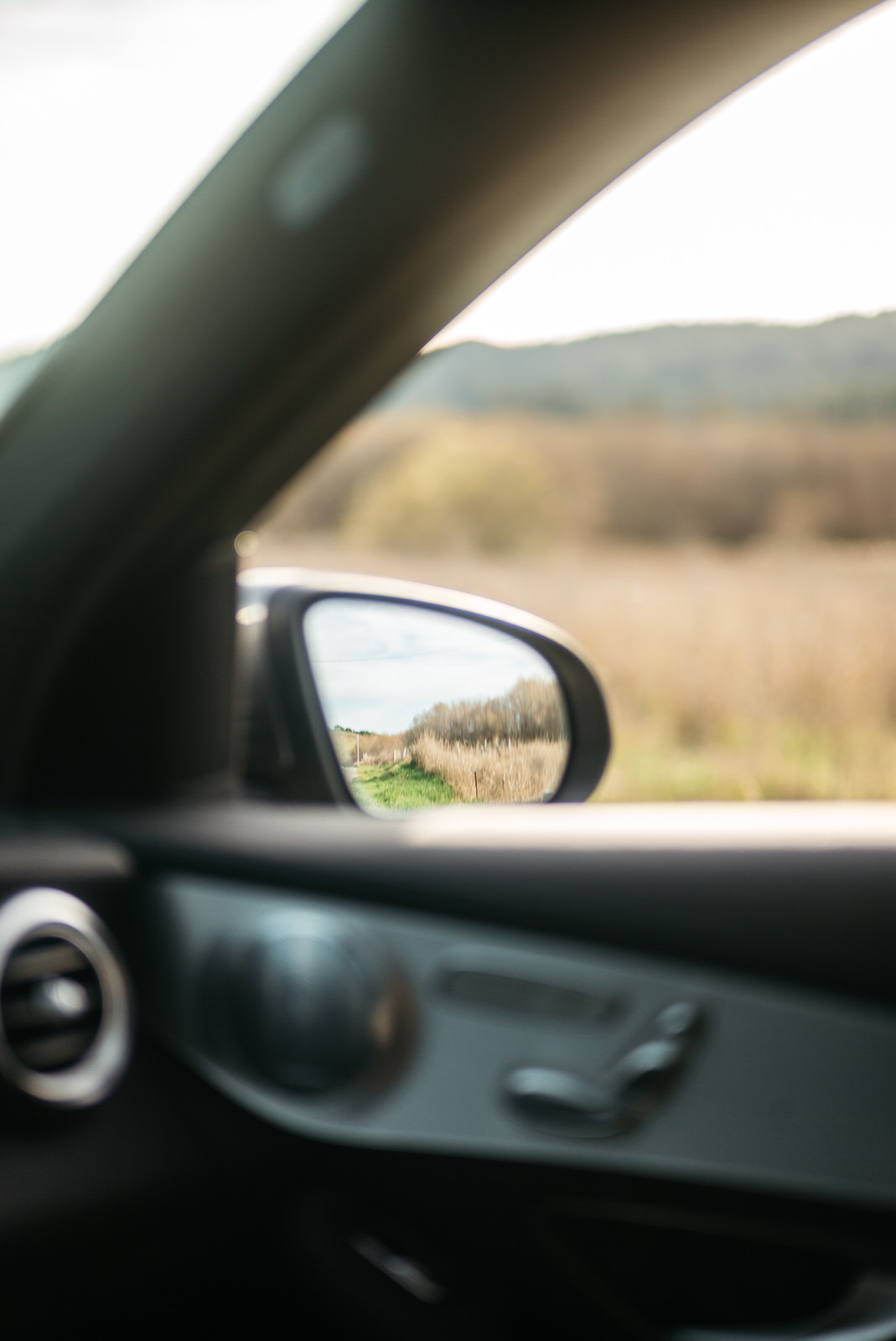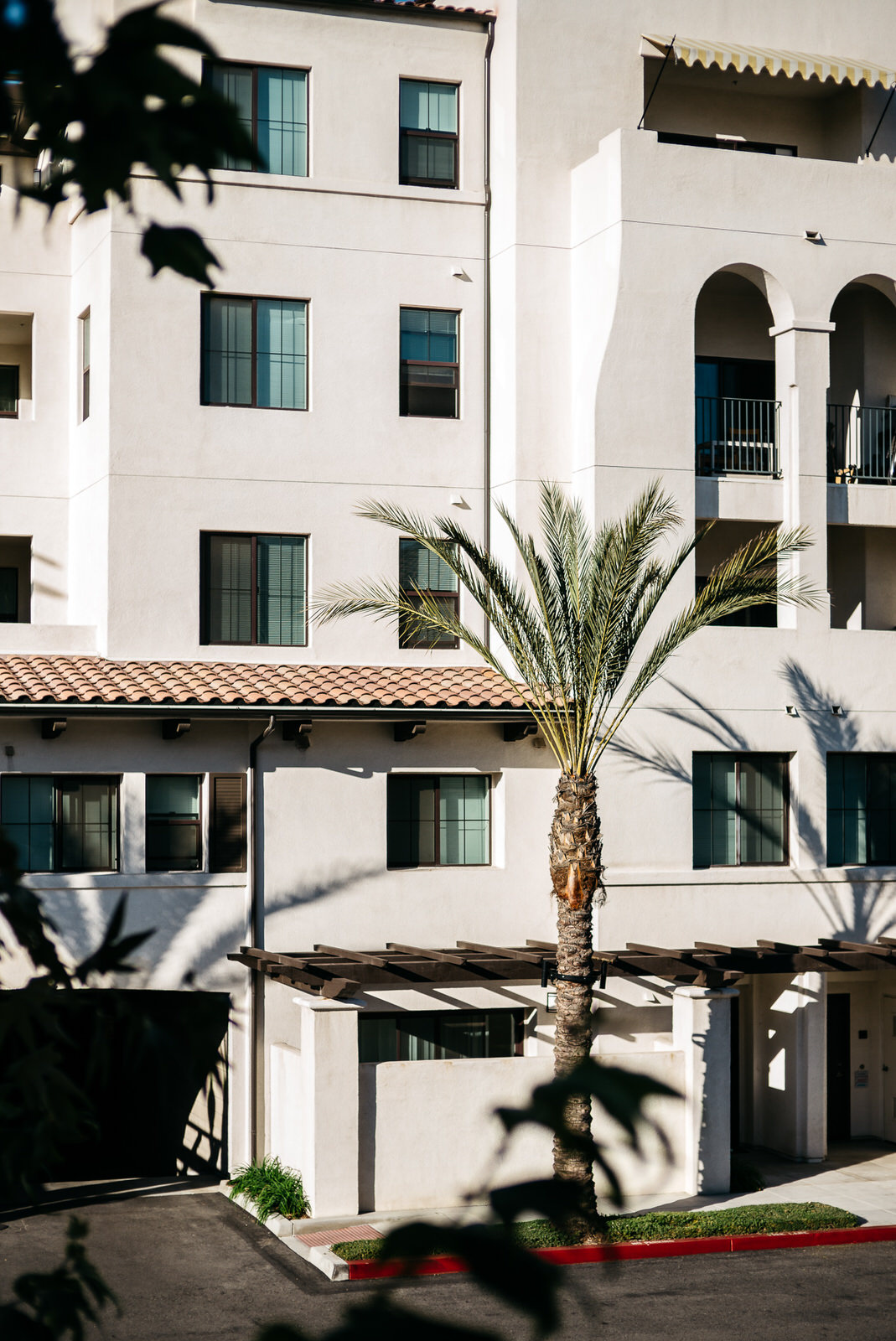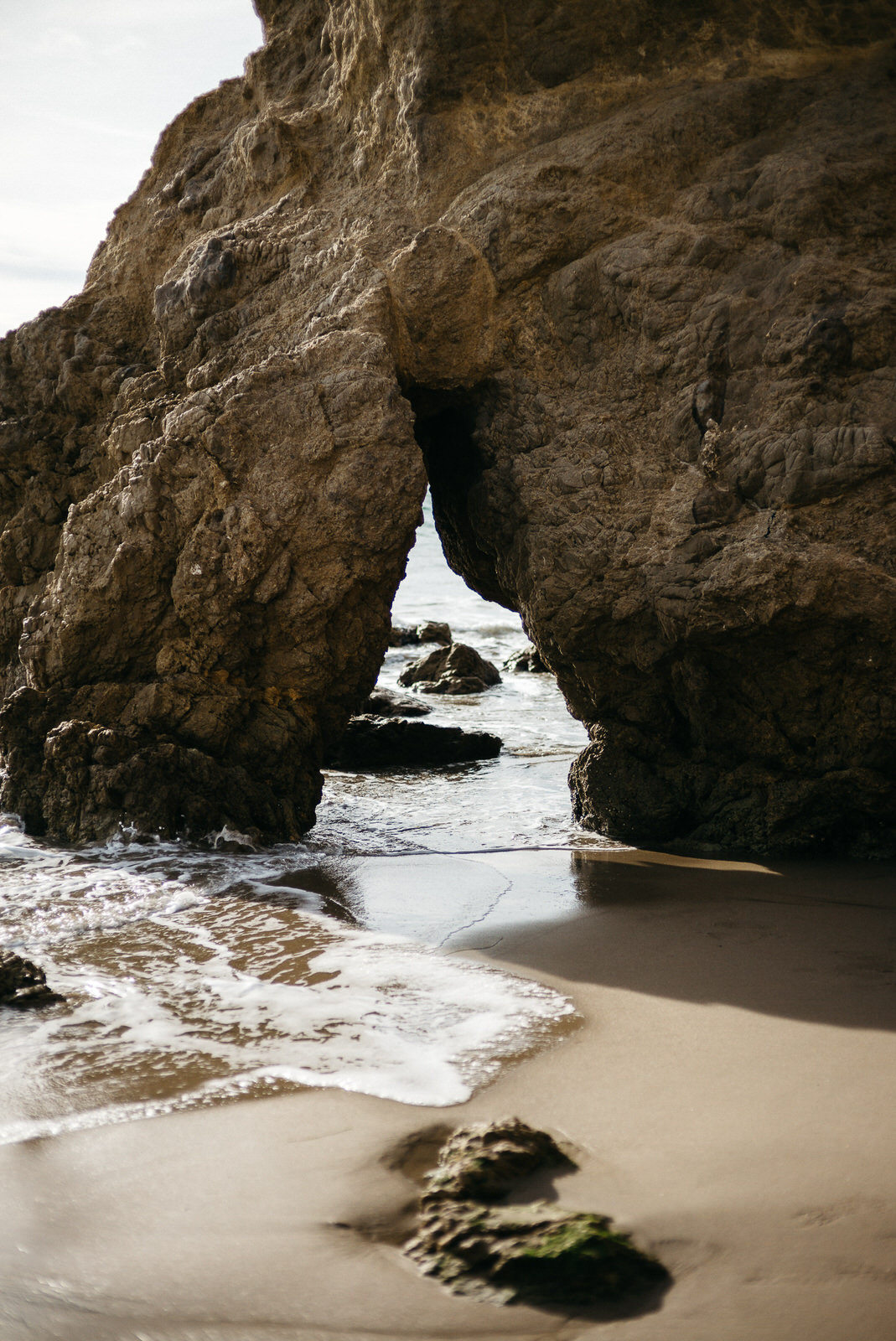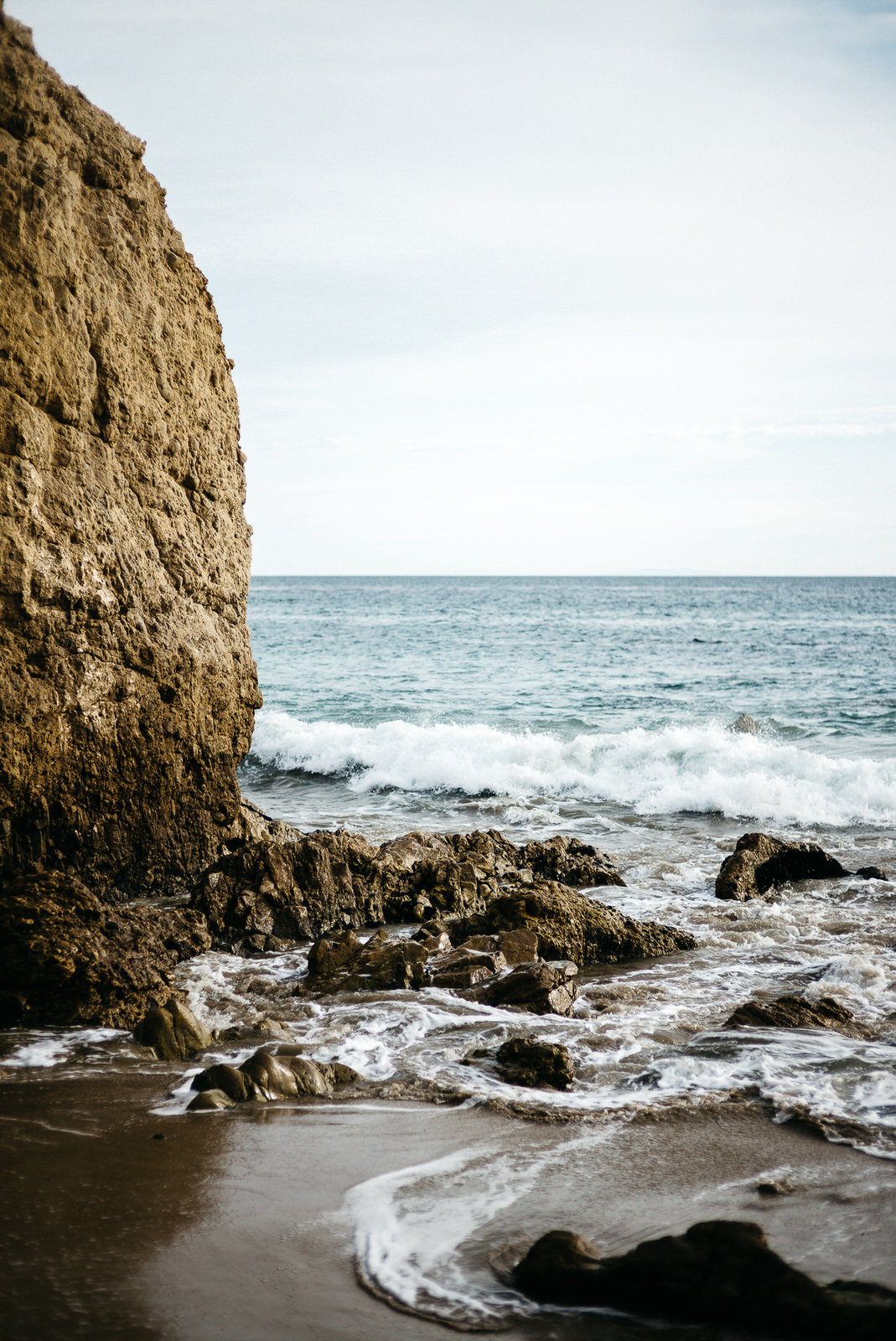
Faisal is a San Francisco based lifestyle photographer who currently shoots with a Leica M 240 rangefinder camera. These are his thoughts.
Watch Photography
Horology is another interest of mine and I’ve been inspired by HODINKEE’s magazine to experiment with watch photography. Here are some shots over the past several months. They were shot with the Leica Q-P and Canon EOS R.
One Year Later
It's now been a year since I added a Leica M240 to my collection. You can see my initial impressions and thoughts here. I've stuck with a single lens for my kit, the Voigtlander 50mm F1.5 lens, which I've been pleasantly pleased with. The DNG files are a joy to edit and work with. They have plenty of latitude and the traditional bayer setup makes for speedy processing (compared to Lightroom's handling of Fuji's X-Tran's sensor pattern). I picked up a Leica EVF a few weeks ago, specifically for nighttime use and any other times where I'm a bit time/quality constrained and need to get the shot and move on.
It's now been a year since I added a Leica M240 to my collection. You can see my initial impressions and thoughts here. I've stuck with a single lens for my kit, the Voigtlander 50mm F1.5 lens, which I've been pleasantly pleased with. The DNG files are a joy to edit and work with. They have plenty of latitude and the traditional bayer setup makes for speedy processing (compared to Lightroom's handling of Fuji's X-Tran's sensor pattern). I picked up a Leica EVF a few weeks ago, specifically for nighttime use and any other times where I'm a bit time/quality constrained and need to get the shot and move on.
Below are a few of my favorite photos from the past year. I hope you enjoy them.
Two Months With a Leica M 240
Ever since I jumped into photography several years ago, I've always had a fascination with Leica. I used to think their cameras were overpriced and absurd — they were heavy and lacked many of the latest features I was accustomed to being on the latest DSLRs. As I became more comfortable with my cameras and as I began understanding my shooting style, I naturally started transitioning from DSLRs to mirrorless, and finally to a rangefinder system. With this self-realization and longer tenure with the craft, I started to appreciate Leica for what the brand and philosophy stands for and for the value their products bring to their users.
[Not] Love at First Sight
Ever since I jumped into photography several years ago, I've always had a fascination with Leica. I used to think their cameras were overpriced and absurd — they were heavy and lacked many of the latest features I was accustomed to being on the latest DSLRs. As I became more comfortable with my cameras and as I began understanding my shooting style, I naturally started transitioning from DSLRs to mirrorless, and finally to a rangefinder system. With this self-realization and longer tenure with the craft, I started to appreciate Leica for what the brand and philosophy stands for and for the value their products bring to their users.
Jumping forward to 2017, I finally convinced myself that perhaps it was time to pick up a Leica M. With the M 10 having just been announced, the market for M 240 was perfect for buyers. I was able to find an excellent M from a local camera collector and photographer, and I was instantly in love with the camera. The RF mechanism took a few days to get used to, but it has since become second nature. (I don't shoot many fast-paced subjects, so keep this in mind when reading this.) Out of hundreds of shots I've taken since I've owned this camera, I can count on one hand the number of shots I've had to discard because of focus issues. And most of these shots were ones that I knew weren't properly focused at the time of exposure, often due to trying to shoot with one hand, etc. Here are some shots from my first few days with the M.
Picking a Lens
Your lens is just as, if not more, important than the camera you're using. This is true for all cameras, not just Leica. Thus, it took me a fair amount of time to decide what my first lens for the M 240 would be. Initially, I looked at the Leica 50mm Summicron, but ultimately wanted something less damaging to the wallet in case I decide that the RF system wasn't right for me. I then received a recommendation from one of my favorite automotive photographers, Ted Gushue, and picked up the Voigtlander 50mm 1.5. Some Leica purists may turn away at this point, but I prefer the rendering of the Voigtlander lens to the Summicron on many occasions, despite its much more affordable price tag. The Voigtlander has a much more classic look which ends up working beautifully with my favorite type of subjects — vintage cars (more).
Compared to Fuji
My first serious camera was a Fuji X-T1 that I purchased back in 2013. I didn't keep it for long because I thought I needed more than 16 MP and I was having trouble working with the X-Trans images in Lightroom. Both of these issues have pretty much been solved with the current Fuji lineup. I picked up a Fuji X-Pro2 when they became available in early 2016 and it was been one of my favorite cameras ever since. I've taken my Fuji rig on many trips with me, including a recent safari in South Africa. One of the best aspects of the Fuji system is their lenses. Fuji offers a very thorough and well-thought collection of lenses covering almost all uses and desires, including the highly-regarded XF 56mm F.12, which I recently purchased.
The image quality, the design, the usability is all best of class. The X-Pro2 gives you a lot of the Leica feeling without the jaw-dropping price tag, and I generally recommend this camera to anyone who asks for a recommendation. With the M, however, you get a whole different shooting process. It's a slower, more deliberate craft. It's also much less forgiving due to the manual focus and classic metering system. But once you master it, it's truly rewarding. The images you get with the full frame sensor and M glass is unique, and it may generate files that require the least post-processing of any other camera I've owned, including Sony, Canon, Nikon, and Fuji.
Despite having not touched my Fuji system since I picked up the M 240, I do keep it around for those occasions where it may be the right tool for the job, such as my niece or nephew's birthday or a fast-paced engagement shoot.
Closing Thoughts
Quality over quantity. That's what I feel is the Leica M 240's motto. Compared to when I shot with any other camera system, my gut feeling is I come away with fewer shots — less spray and pray. Because of the manual controls and manual focus, I feel a strong connection to the photos I create with this camera. It's almost as though I'm capturing and preserving moments of my life rather than purely snapping photos, which is a very subtle yet strong distinction.
As always, if you enjoy these photos, you can see more on my Instagram.
Sample Photos
All shot with a Leica M 240 and Voigtlander Nokton 50mm f/1.5 Aspherical Lens.
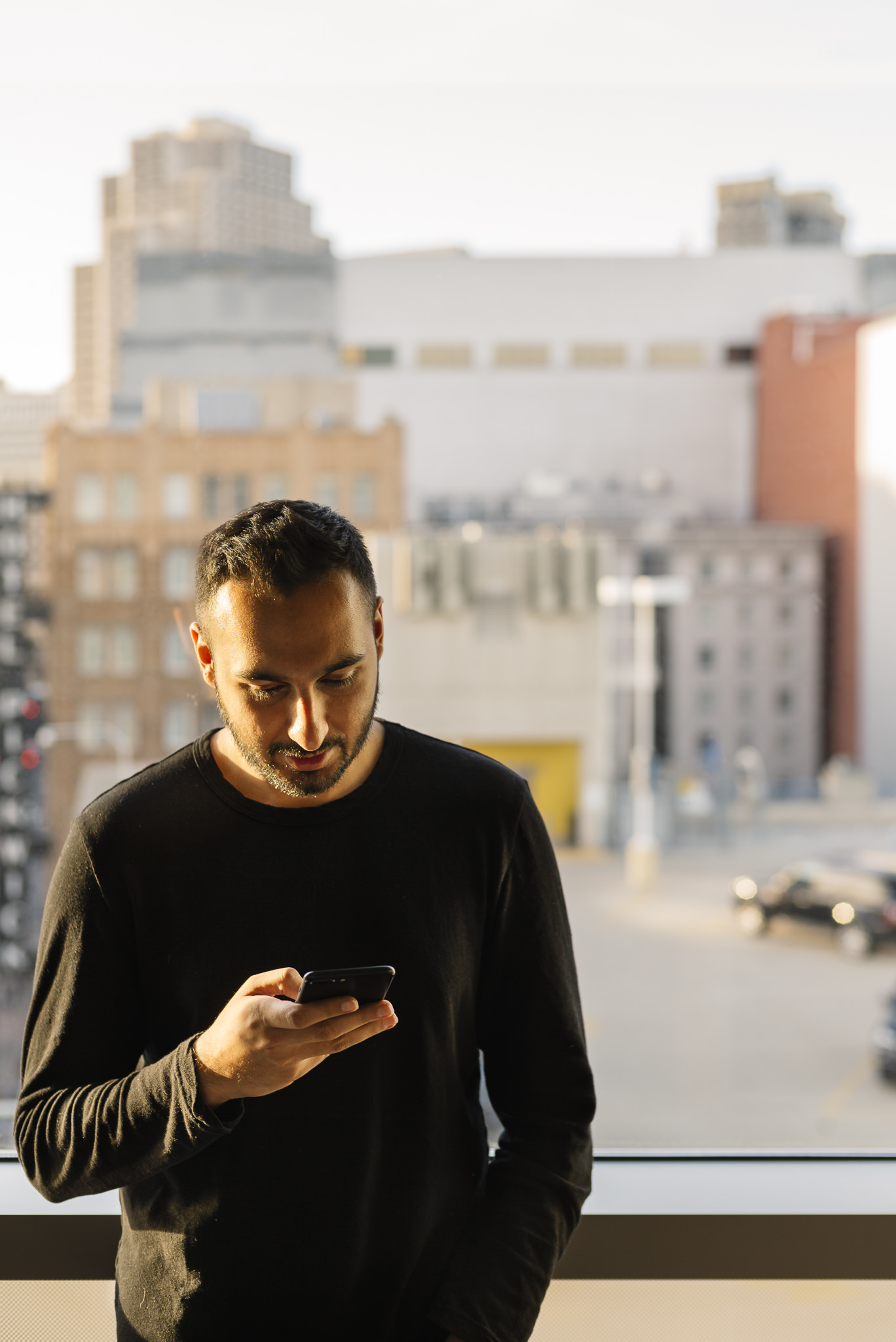



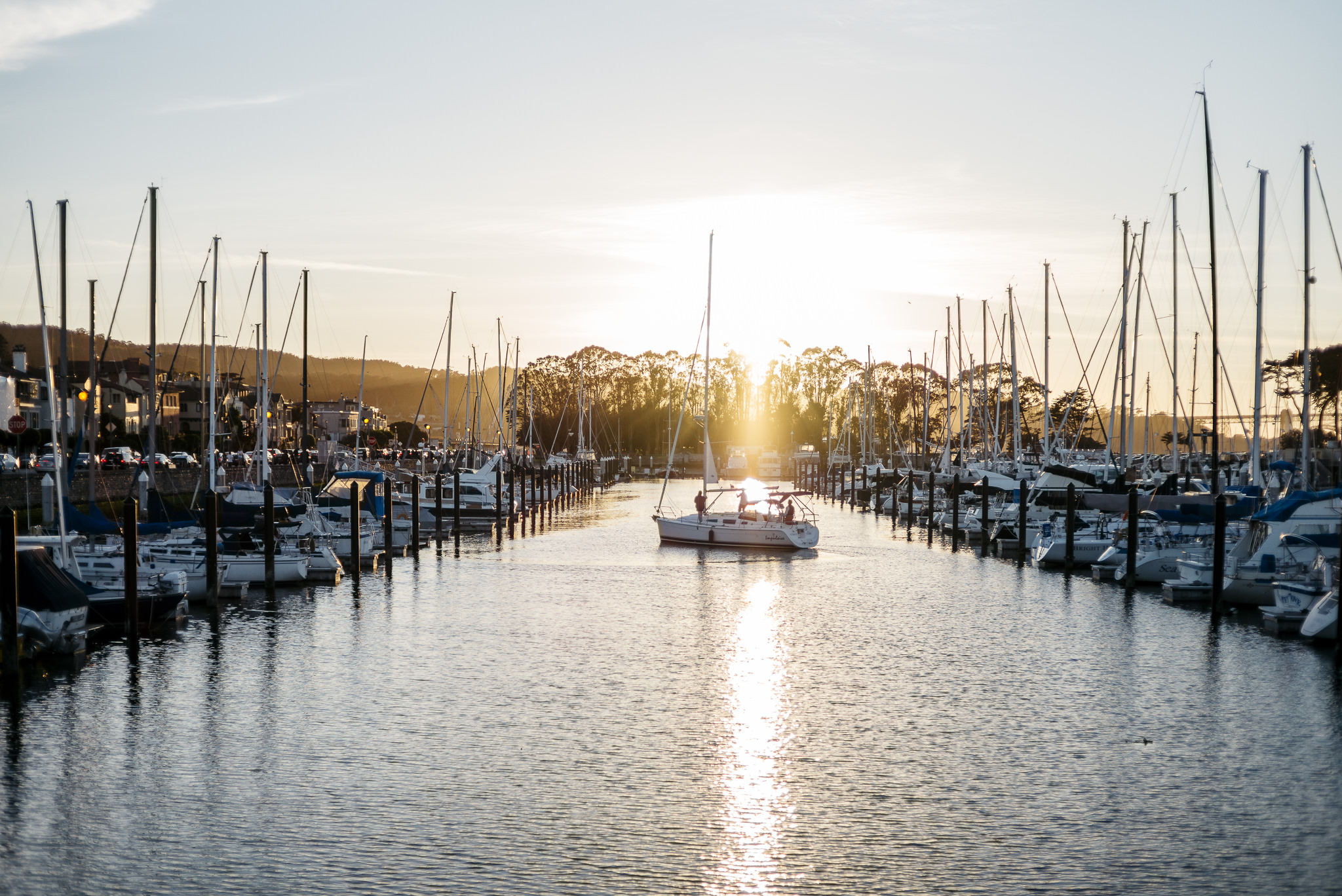
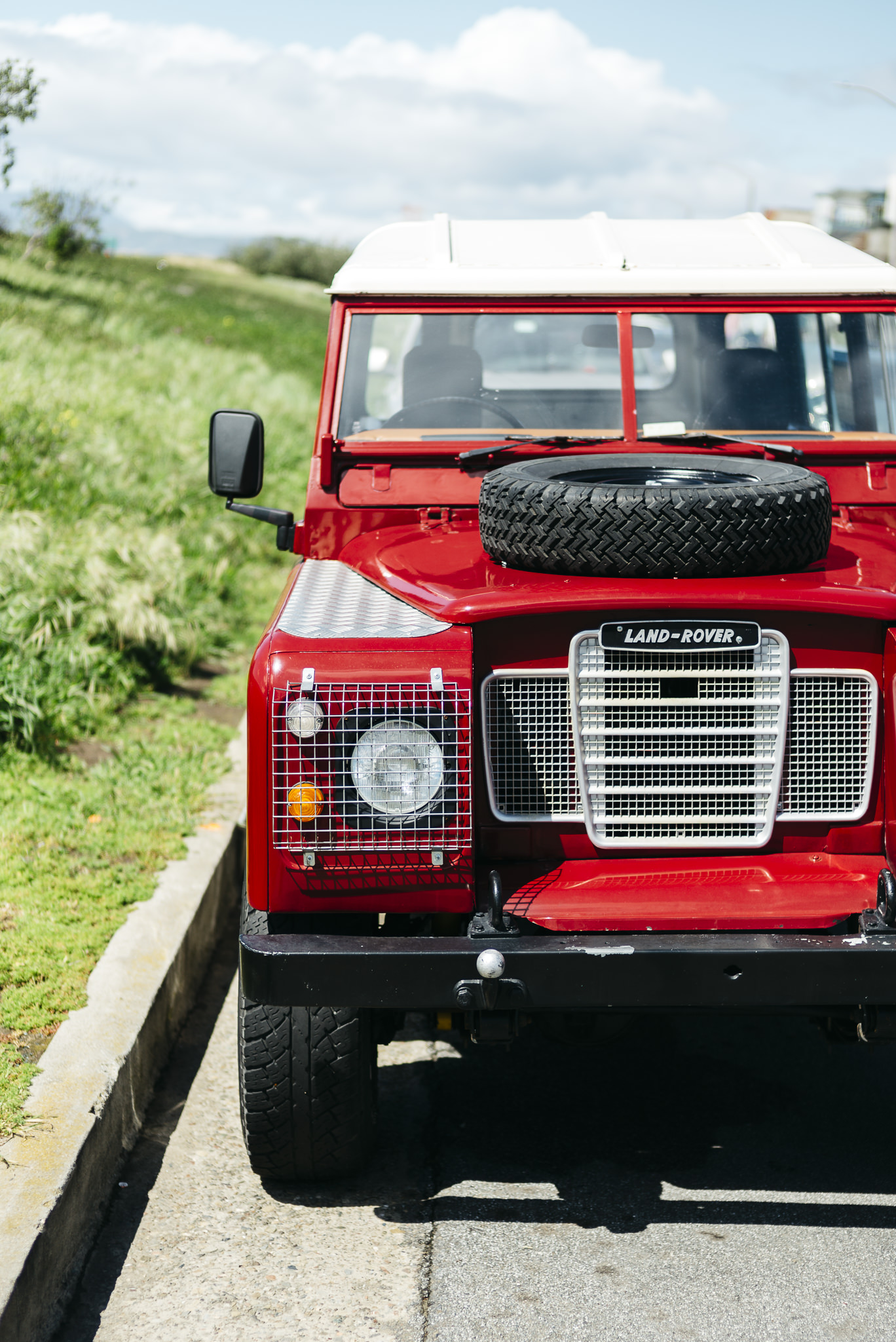
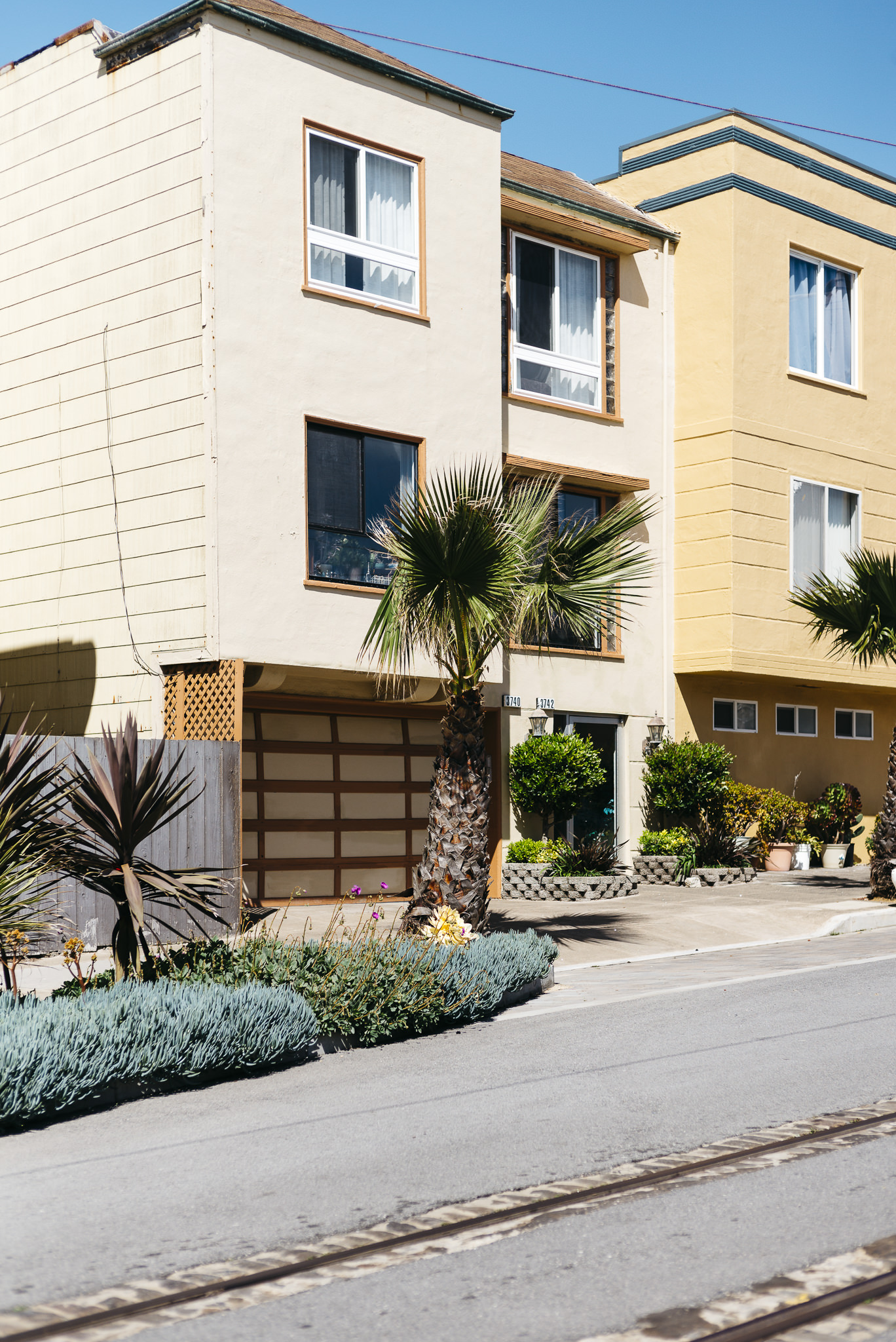

Embarking on a Safari with Fuji
After receiving questions and comments about traveling with Fuji gear and about my editing process, I thought it would be helpful to dive deeper into those aspects of the safari. Over the years, I've shot with almost everything available to me — Nikon, Canon, Sony and Leica. My most recent GAS (Gear Aquisition Syndrome) has landed me with Fuji, specifically the X-Pro2.
I recently published a story on Exposure highlighting my recent safari in The Greater Kruger National Park in South Africa. The story went into depth about the logistics of the trip itself, along with information on the reserve and lodge that I stayed.
After receiving questions and comments about traveling with Fuji gear and about my editing process, I thought it would be helpful to dive deeper into those aspects of the trip. Over the years, I've shot with almost everything available to me — Nikon, Canon, Sony and Leica. My most recent GAS (Gear Aquisition Syndrome) has landed me with Fuji, specifically the X-Pro2.
Naturally, the Fuji X-T2 came to mind. By sticking with Fuji, I'd be familiar with the results, the editing process, the controls, and I'd also be able to use my existing lenses on the new body. I decided to rent the X-T2 for the trip as it made little sense to go out and buy another body. The X-T2 is also hard to find at the moment because of its high demand and because of the earthquake that struck Japan that year.
After researching what gear to take with me on the trip, the consensus was to take the longest lens you could afford. Thus, I also rented the Fuji XF 100-400mm OIS lens, which pairs beautifully with the X-T2. I skipped on the external grip because I didn't see much value in it and preferred not to have additional bulk.
Once arriving at the lodge, I quickly realized that I didn't need the 6 batteries I took with me. Because I had a Watson Duo Dual Fuji Charger, I was able to recharge a battery for each body during the downtime between the game drives. Each battery was more than enough for the 3-4 hour game drive, even on with the cameras on High-Performance/Boost Mode.
The comparison between the X-Pro2 and X-T2 is interesting. They're very similar in specs and performance, but vastly different in operation. The autofocus systems on both cameras allowed me to take the photos I wanted, and the EVF was excellent in the rapidly changing light conditions. The differences lie in the different form factors, with the X-Pro2 favoring more deliberate and creative shots while the X-T2 has the ergonomics and controls focused toward performance and fast-paced shooting. In summary, I had a great experience with the gear I took and the cameras served me well.
A Photographer's Guide to San Francisco
When it comes to landscape and urban photography, San Francisco is an endless oasis of opportunity. From the famous attractions, such as the Golden Gate Bridge, to the more grungy local spots, such as Clarion Alley, SF has something for everyone at any time of day. Here is a list of a few of my favorite attractions to capture.
Bay Bridge
Golden Gate Bridge
Land's End
Downtown from Coit Tower
Potrero Hill
Chinatown
California Street
California and Jones
Broadway Street
Palace of Fine Arts
Twin Peaks
Clarion Alley













